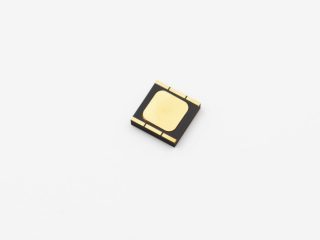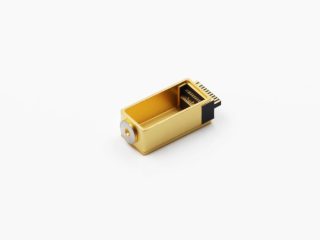Spark plugs are an integral part of the motorization era. Everyone travels every day, and there are countless small spark plugs that support this vast modern society. Today, I will tell you about the application and role of ceramic products in spark plugs. The unexpected combination of ceramic and spark plugs is practical, economical, and efficient.
This image was posted by Alexander Waturandang on Pixabay
A spark plug is an integral part of a gasoline engine ignition system that introduces a high voltage current into a cylinder to create an electrical spark to ignite a combustible gas mixture. The main components are the wiring nut, the insulator, the terminal screw, the centre electrode, the side electrode, and the outer casing, wherein the side electrodes are welded to the outer casing. The ceramic material acts as an insulator in the spark plug.
This image was posted by Thomas Wolter on Pixabay
The surface of the ceramic part as an insulator has a plurality of groove-like corrugations for preventing arc generation, that is, preventing sparking between the terminal nut and the main metal (because the terminal nut and the main metal are in ignition) High voltage electricity is generated and the high voltage electricity attempts to slip along the surface of the insulator. In order to block high voltage electricity, a layer of ditch is provided.
Insulation, heat resistance, and thermal conductivity are characteristics of alumina ceramic materials.
Alumina ceramic is a ceramic material with α-Al2O3 as the main phase. The alumina content of the alumina ceramics used in engineering is usually between 75% and 99.9%. It is usually classified according to the content of Al2O3 in the composition. Al2O3 porcelain is widely used, and its properties depend on the content of Al2O3. Usage is also different.
This image was posted by Manfred Richter on Pixabay
High mechanical strength
The bending strength of Al2O3 porcelain sintered products can reach 250MPa, and the hot pressing products can reach 500MPa. The purer the Al2O3 component, the higher the strength. The strength can be maintained to 900℃ at high temperatures.
High resistivity and good electrical insulation performance
The normal temperature resistivity is 1015 Ω·cm and the dielectric strength is 15 kV/mm. With its insulation and strength, it can be used to make substrates, sockets, spark plugs and circuit casings.
High hardness
Mohs hardness is 9, plus excellent wear resistance.
What’s more advantage of alumina? High melting point and corrosion resistance; excellent chemical stability; optical properties and ionic conductivity.
This image was posted by Steven Liao on Pixabay
After the above introduction, I believe that the reader has a preliminary understanding of the performance of alumina ceramics. Alumina ceramics are ideal for spark plugs due to their high electrical resistivity and excellent electrical insulation properties. Small body, full of energy. Small ceramic parts drive our society and power our lives.




 Enquiry
Enquiry